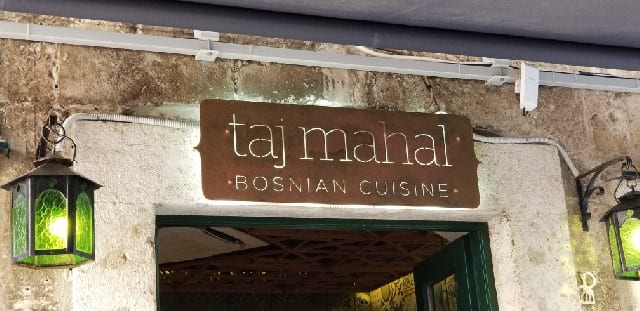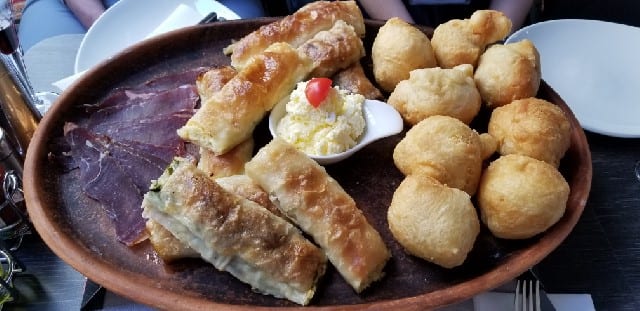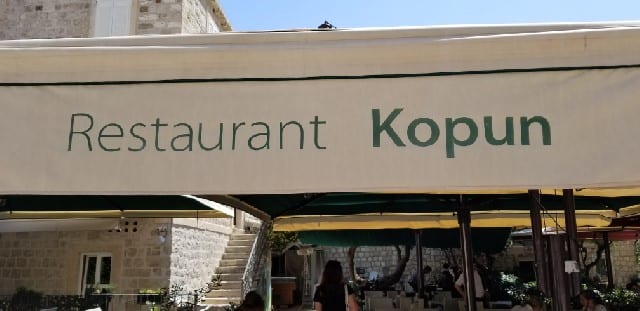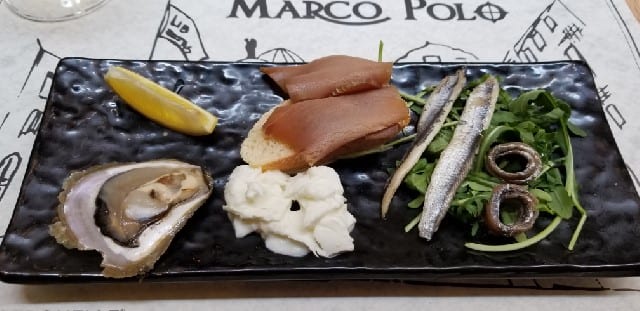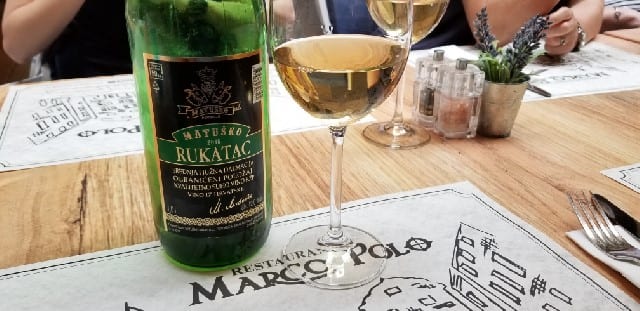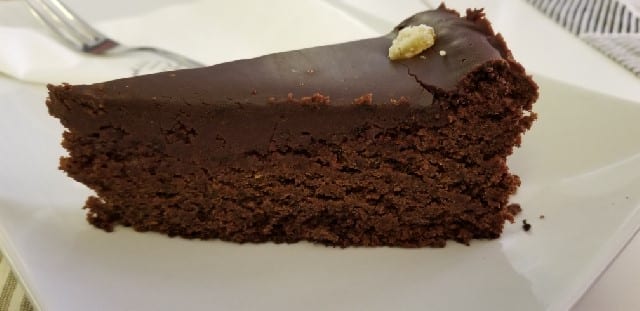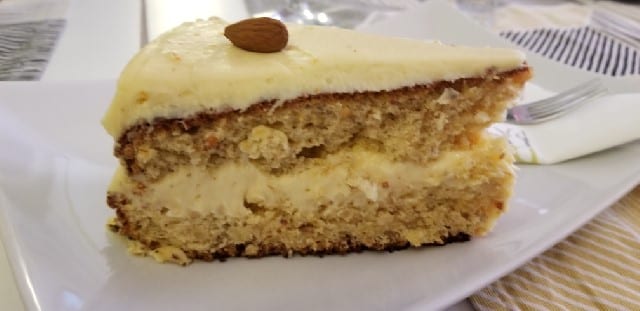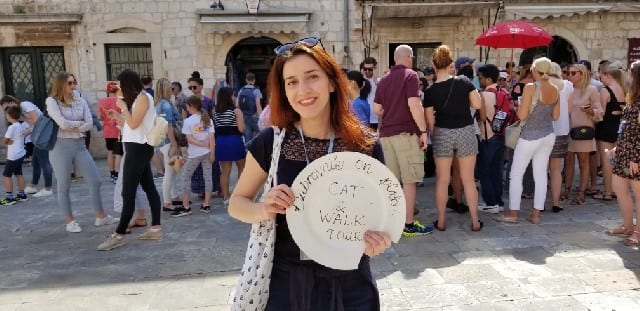

05 May Please The Palate Pick of the Week: Dubrovnik Food Story
Visiting a city for a first time, a city tour may be on one’s agenda. Perhaps it is self-guided, perhaps it is with a tour guide. Perhaps you will focus on architecture or perhaps you will focus on historical monuments. For me, I like food tours. I want to explore a city and learn about the cuisine(s), what were its influences and what is both traditional and contemporary to eat (and drink). With Dubrovnik Food Story, it is a food tour and more! It is also a history lesson, a cultural tour and it is the Please The Palate pick of the week.
Dubrovnik Food Story is a family-run business owned by two sisters, Marija & Ana. Marija, who graduated from Management in Tourism and worked in travel agencies and hotels, started offering food tours as a side business and started Dubrovvnik Food Story in 2013. Ana, who graduated with a degree in Aquaculture where she studied Mariculture, got her tour guide license and joined her sister in 2016. Both share passion for food, tradition and hometown and the food tours are a fusion of local history and gastronomy.
We met Ana near the 15th century Onofrio Fountain, across from the 14th century Pharmacy in the Old Town of Dubrovnik. She greeted us with a plate in her hand and we met the others in our group. All tours are generally two to eight people (10 max).
As we began walking through the Old Town, Ana told us about the history of Dubrovnik. Dubrovnik is a UNESCO protected site. The beautiful, small city dates back to the 7th century, as far as they know. In 1667 the great earthquake, followed by fires, destroyed most of the city. The city was rebuilt and thrived until the war in 1991 which lasted until 1995. Ana was three when the war started and recalled having to flee with family to islands in the north on two occasions. Prior to the war, 5,000-6,000 people lived in the Old Town and today only 1150 people live within the city center, with most living outside the city walls.
First stop: Taj Mahal Bosnian Cuisine
As Croatia and Bosnia were once part of Yugoslavia, a Bosnian restaurant is not a surprise to find. And Bosnian cuisine has influences from Turkey so many dishes were familiar from my travels to Turkey. We started with an aperitif of sweet cherry liqueur, typical in Croatia.
We then had a platter with a few items on it. The big round pinchas are like doughnuts but not sweet and we topped them with the most delicious Kajmak cheese, a fresh local cow’s milk cheese that is like butter. We also had porec, cheese, spinach and meat pies and cured beef.
Second Stop: Kopun Restaurant
At the top of the Jesuit Steps is Kopun Restaurant. A kopun, or capon in English, is a castrated rooster. At Kopun Restaurant, they are reviving some of the old Croatian recipes handed down through centuries. We had a small tasting of six dishes which included mackerel salad with raisins, prosciutto with smoked pork sausage, smoked young cow’s cheese, shrimp pate with black truffles, rooster pate with paprika and rooster salad with tomato and Dubrovnik bitter orange.
We also enjoyed a glass of Negromant Merlot 2015.
Third Stop: Restaurant Marco Polo
Named after the explorer Marco Polo, who Croatians say was born in Korcula, Croatia, the restaurant features seafood and we enjoyed a European flat oyster from the island of Ston, smoked tuna that tasted like prosciutto, fresh anchovies, marinated anchovies with vinegar and fresh young cow cheese.
We washed down these bites with Matusko Rukatac, a light bodied, crisp white wine.
Fourth Stop: Pupica
Our fourth and final stop was at Pupica, a pastry shop that has a regular restaurant in town called Pupo. Here we tried traditional Croatian cakes – carob cake and almond & orange cake.
To wash down the cakes, we tried the Croatian fortified wine Dioklecijan.
A few sweet bites was the perfect way to end our educational and fun food tour of Dubrovnik. Such a wonderful and memorable day, Dubrovnik Food Story is the Please The Palate pick of the week.




